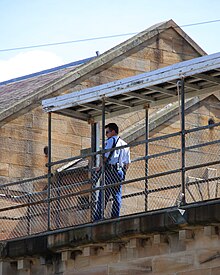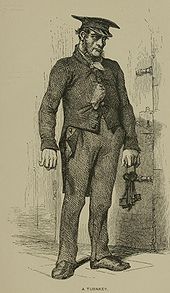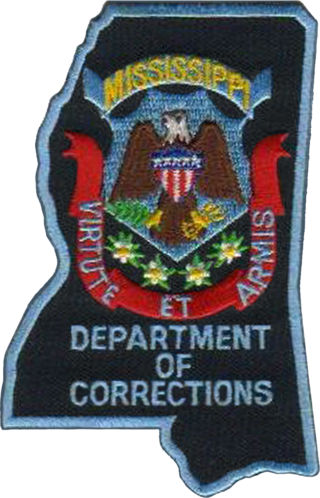
The Mississippi Department of Corrections (MDOC) is a state agency of Mississippi that operates prisons. It has its headquarters in Jackson. As of 2020 Burl Cain is the commissioner.
Probation in criminal law is a period of supervision over an offender, ordered by the court often in lieu of incarceration.

The Kentucky Department of Corrections is a state agency of the Kentucky Justice & Public Safety Cabinet that operates state-owned adult correctional facilities and provides oversight for and sets standards for county jails. They also provide training, community based services, and oversees the state's Probation & Parole Division. The agency is headquartered in the Health Services Building in Frankfort. Note- Otter Creek Correctional Complex is now officially Southeast State Correctional Complex post reacquisition.

The Federal Bureau of Prisons (BOP) is a United States federal law enforcement agency within the U.S. Department of Justice that operates U.S. federal prisons and is responsible for the care, custody, and control of federal prisoners.

A probation or parole officer is an official appointed or sworn to investigate, report on, and supervise the conduct of convicted offenders on probation or those released from incarceration to community supervision such as parole. Most probation and parole officers are employed by the government of the jurisdiction in which they operate, although some are employed by private companies that provide contracted services to the government.

The California Department of Corrections and Rehabilitation (CDCR) is the penal law enforcement agency of the government of California responsible for the operation of the California state prison and parole systems. Its headquarters are in Sacramento.
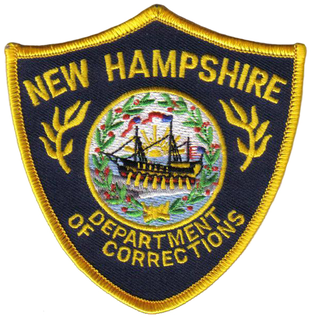
The New Hampshire Department of Corrections is the government agency in the U.S. state of New Hampshire charged with overseeing the state correctional facilities, supervising probation and parolees, and serving in an advisory capacity in the prevention of crime and delinquency. As of June 30, 2013, the Department had an inmate population of 2,791, 15,267 on probation or parole, and 893 total employees, 470 as corrections officers and 64 as probation/parole officers. The agency has its headquarters in Concord.
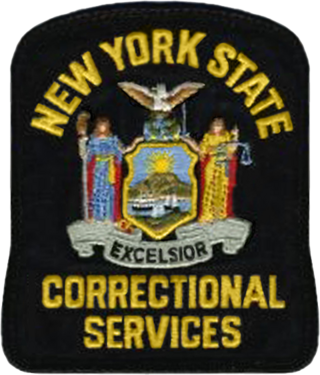
The New York State Department of Corrections and Community Supervision (NYSDOCCS) is the department of the New York State government that administers the state prison and parole system, including 44 prisons funded by the state government.

The Hawaii Department of Public Safety was a department within the executive branch of the government of the U.S. state of Hawaii. It was headquartered in the 919 Ala Moana Boulevard building in Honolulu, Hawaii. At the time of its deactivation, the Department of Public Safety was made up of three divisions: Administration, Corrections, and Law Enforcement.

The American Samoa Department of Public Safety, formerly the American Samoa Territorial Police, is the police law enforcement agency for American Samoa, which has jurisdiction anywhere in the territory. It was created to protect the lives and property of American Samoans. The DPS has police, corrections and fire divisions.

The Utah Department of Corrections (UDC) is a government agency dedicated to the management and supervision of convicted felons in the U.S. state of Utah. It is currently led by the Executive Director Brian Nielson. It has its headquarters in the Utah Department of Corrections Administration Building in Draper.

The Massachusetts Department of Correction is the government agency responsible for operating the prison system of the Commonwealth of Massachusetts in the United States. The Massachusetts Department of Correction is responsible for the custody of about 8,292 prisoners throughout 16 correctional facilities and is the 5th largest state agency in the state of Massachusetts, employing over 4,800 people. The Massachusetts Department of Correction also has a fugitive apprehension unit, a gang intelligence unit, a K9 Unit, a Special Reaction Team (SRT), and a Tactical Response Team (TRT). Both of these tactical units are highly trained and are paramilitary in nature. The agency is headquartered in Milford, Massachusetts and currently headed by Commissioner Carol Mici.
Special Operations Response Teams are a group under the US Federal Bureau of Prisons, or BOP for short, a component of the US Department of Justice (DOJ). The BOP is responsible for maintaining the custody of anyone convicted of committing a federal crime. To achieve this goal, the BOP maintains a number of correctional facilities, which are divided into six regions, throughout the US. These facilities house approximately 211,195 inmates of varying security levels. Facilities are designated as either minimum, medium, maximum, or the most recent addition, super max.
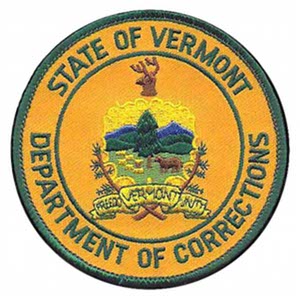
The Vermont Department of Corrections is the government agency in the U.S. state of Vermont charged with overseeing correctional facilities, supervising probation and parolees, and serving in an advisory capacity in the prevention of crime and juvenile delinquency. It is a part of the Vermont Agency of Human Services.

The Florida Department of Corrections (FDC) is the government agency responsible for operating state prisons in the U.S. state of Florida. It has its headquarters in the state capital of Tallahassee.

The Department of Public Safety and Corrections (DPS&C) is a state law enforcement agency responsible for the incarceration of inmates and management of facilities at state prisons within the state of Louisiana. The agency is headquartered in Baton Rouge. The agency comprises two major areas: Public Safety Services and Corrections Services. The secretary, who is appointed by the governor of Louisiana, serves as the department's chief executive officer. The Corrections Services deputy secretary, undersecretary, and assistant secretaries for the Office of Adult Services and the Office of Youth Development report directly to the secretary. Headquarters administration consists of centralized divisions that support the management and operations of the adult and juvenile institutions, adult and juvenile probation and parole district offices, and all other services provided by the department.

The Pennsylvania Department of Corrections (PADOC) is the Pennsylvania state agency that is responsible for the confinement, care, and rehabilitation of approximately 37,000 inmates at state correctional facilities funded by the Commonwealth of Pennsylvania. The agency is headquartered in Hampden Township, Cumberland County in Greater Harrisburg, near Mechanicsburg.

The Idaho Department of Correction (IDOC) operates nine prisons, four community release centers and 20 probation and parole offices in seven districts located throughout the state of Idaho. The agency has its headquarters in Boise.

The Department of Corrections of the state of Alaska is an agency of the state government responsible for corrections. The department manages institutions, parole and probation. The current commissioner is Jen Winkelman. The agency has its headquarters in the Douglas area of Juneau and offices in Anchorage.
